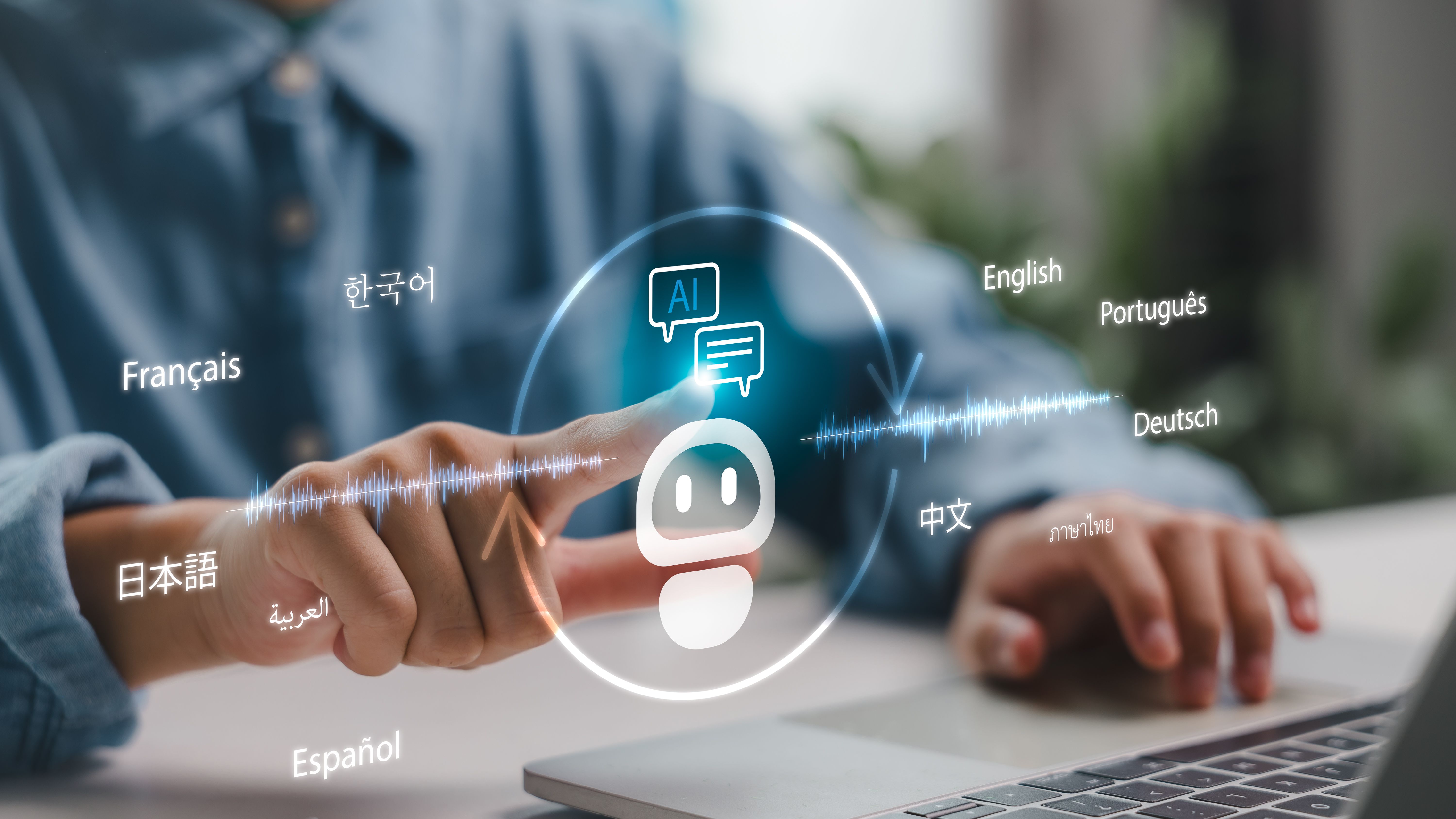How AI Improves Translation Accuracy
The Role of AI in Translation
Artificial Intelligence (AI) has revolutionized many industries, and translation is no exception. By leveraging advanced algorithms and machine learning, AI has significantly improved translation accuracy, making it more reliable and efficient.
Traditional translation methods often rely on human translators who, despite their expertise, can be prone to errors. AI, on the other hand, uses vast databases of linguistic data to enhance precision. This technology can analyze context, syntax, and semantics, providing translations that are not only accurate but also culturally relevant.

Machine Learning and Natural Language Processing
At the heart of AI-powered translation is Machine Learning (ML) and Natural Language Processing (NLP). These technologies enable computers to understand and interpret human languages more effectively. By continuously learning from vast amounts of text, AI systems improve their ability to recognize patterns and nuances in language.
Through NLP, AI can grasp the context of a sentence, which is crucial for accurate translation. It goes beyond word-for-word translation, analyzing the intended meaning to produce more coherent and contextually appropriate results.
Benefits of AI in Translation
The use of AI in translation offers numerous benefits. Here are some key advantages:
- Speed: AI can process and translate large volumes of text quickly, outperforming human translators in terms of speed.
- Consistency: AI ensures consistent use of terminology, which is crucial for maintaining the quality of technical documents and branding materials.
- Cost-effectiveness: Automating the translation process reduces the need for extensive human resources, lowering costs.

Challenges and Limitations
Despite its advantages, AI translation is not without challenges. One significant issue is the handling of idiomatic expressions and cultural nuances. AI tools may struggle with phrases that do not have direct translations, leading to potential misunderstandings.
Moreover, while AI is continuously improving, it is not yet able to match the creative and empathetic touch of a human translator, particularly in literature and creative writing.
The Future of AI in Translation
As AI technology continues to evolve, we can expect further advancements in translation accuracy. Researchers are working on improving AI's ability to understand context, tone, and cultural subtleties even better. These advancements will likely lead to AI becoming an indispensable tool in the translation industry.

In conclusion, AI has already made significant strides in improving translation accuracy. While it may not completely replace human translators, it serves as a powerful ally in delivering precise and efficient translations. As technology advances, the collaboration between AI and human expertise will continue to enhance the quality and reliability of translations worldwide.